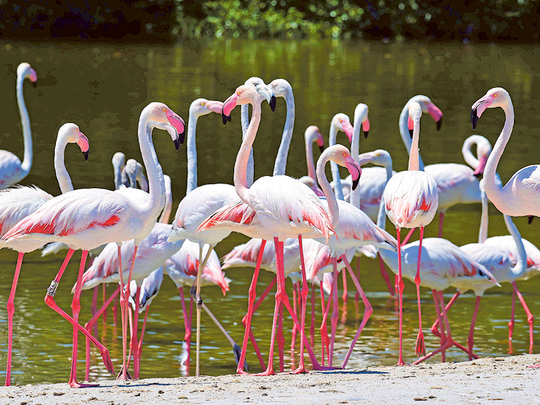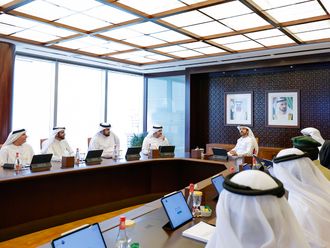
Dubai: The Environment Department of Dubai Municipality, in coordination with the Ministry of Climate Change and Environment, is working with the Consultative Mission to the Convention on Wetlands of International Importance (Ramsar) to preserve the Ras Al Khor Wildlife Sanctuary in Dubai.
The three parties met in Dubai last month to assess the current environmental impact of future development near the Ras Al Khor Wildlife Sanctuary, said Aliah Al Harmoudi, director of Environment Department, Dubai Municipality.
Ras Al Khor Wetlands is an important resting and feeding stop for migratory birds which number more than 20,000 due to the richness and diversity of natural habitats on the site — from mangroves to mud surfaces and swamps, said Al Harmoudi in a statement.
The sanctuary was established in 1985 and is fully protected under the supervision of Dubai Municipality.
The sanctuary is listed on the list of Wetlands of International Importance under the Ramsar Convention in 2007, making it the first Ramsar site of the United Arab Emirates. It has also been declared an important bird area by Birdlife International.
It performs many services of bio-systems. The water bodies regulate the local atmosphere and recycle the food, while the mangroves protect the beaches from erosion and the city from torrents and flood waters. This is in addition to its role in serving the scientific, research and educational bodies, environmental tourism, a haven to spend after a week’s work for the local residents, and a location to relax away from the noise of the city.
Control towers in Ras Al Khor Wildlife Sanctuary receive increasing number of visitors annually. In 2008, more than 4,000 people visited the park, reaching more than 17,000 visitors in 2014, and in 2015, the number jumped to more than 50,000 and more than 92,000 in 2016.
“The beauty of this area and its uniqueness make it an attractive area for real estate development projects, surrounded by highways. This is expected to make a steady increase in the population density in the vicinity of the reserve during the next ten years, which is expected to affect the biological characteristics of the reserve and its primary role in supporting the biodiversity and the species that depend on survival and continuity, whether they are migratory birds such as flamingoes, eagles, or resident birds and other plant species and fish,” said Al Harmoudi.
“In view of the sensitivity of the site and the expected future impacts of the development projects, Dubai Municipality commissioned a consultative mission in collaboration with the Ministry of Climate Change and the Environment to assess the cumulative impacts of current and future development projects on the site’s biodiversity,” she said.












